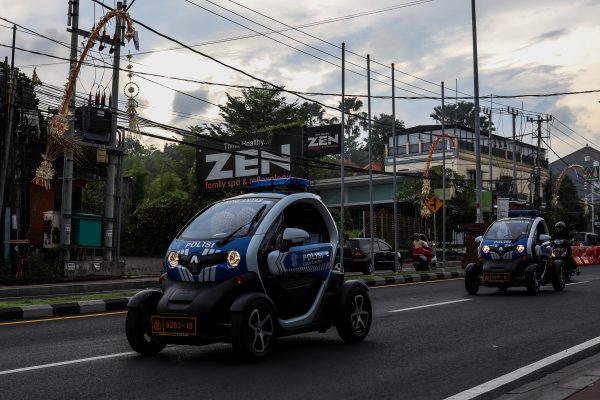Several major automotive brands, including Toyota, Nissan and Honda, have operated manufacturing plants across Southeast Asia for several decades. But in the EV sector, new players are emerging from the South Korean Hyundai Group and the Chinese SAIC-GM Group. Both have invested in Indonesia, while Thailand has instead managed to attract EV manufacturing from Europe.
Both countries are pushing for more investment in EV manufacturing. To achieve their investment targets, they have implemented a set of policies focused on attracting investments and stimulating demand for EVs in their domestic markets.
While Indonesia has both a larger population and higher domestic automotive sales, the transition to EVs has been limited by a lack of supportive infrastructure and a lower per capita incomes than Thailand. Indonesia does have one prominent advantage — an abundance of nickel ore. This is attractive in the early stages of EV development as this natural resource can be sold to battery manufacturers. For example, LG Chem is investing heavily in Indonesia to accommodate the increasing demand for Hyundai’s EVs.
Thailand has a smaller domestic market but larger overseas export markets thanks in part to its higher number of free trade agreements. Thailand also started establishing EV migration earlier than Indonesia, giving them a head start in building a better EV ecosystem.
Both countries aim to attract more investment, but the supply side of investment is limited. There are few companies with a high enough level of capital to meet the burgeoning interest in EV investment. This interest has emerged particularly in Europe, where there has been a spike in the demand for electrification.
Rather than competing to become the sole producer of EVs in the region, Indonesia and Thailand should consider cooperation — whether through a bilateral agreement or by utilising ASEAN.
One of the main factors that stimulated the growth of automotive production in ASEAN is its market size. The production of automotive cars in Southeast Asia has been predominantly due to the region’s high demand. In 2022, only around 22 per cent of total production was exported outside the region.
Yet the EV adoption rate in the region is below 1 per cent, though growth in 2022 was encouraging. The EV industry in Southeast Asia is still in its early stages. Reaching the same level as internal combustion engine manufacturing remains far away.
In 2023, Thailand introduced subsidies ranging from US$2000 to US$4300, depending on the range of the EV battery. Indonesia also introduced a value-added tax reduction of 1 per cent. The subsidy policies that have been introduced are expected to accelerate EV adoption in both countries.
It is no secret that the development of the automotive industry in Indonesia and Thailand was enhanced by non-state actors, particularly Japanese automakers. But the emerging EV sector is challenging the existing industry and the internal combustion engine industry has shown little willingness to embrace electrification. Rather than taking the passenger seat, the governments of Indonesia and Thailand should take the driver’s seat in pushing for regionalisation of the EV industry.
Unlike combustion engine vehicles, where fuel is often imported while the vehicle itself is produced locally, EVs and their batteries will usually be produced in the same country, potentially shortening supply chains. It is common to see automotive manufacturers invest in the same location as battery manufacturers. This causes both countries to perceive attracting investors as a zero-sum game, without realising that the opportunity to cooperate through ASEAN exists.
Major EV investors in the region come from China, Japan and South Korea. Those countries also happen to be in the same ASEAN+3 cooperation framework, which provides ample opportunity to develop a well-coordinated approach to EV development that will benefit both Indonesia and Thailand, as well as other ASEAN member states.
Cooperation has so far been limited and needs to be intensified. There is an opportunity for Thailand and Indonesia to collaborate and leverage each other’s advantages in the EV industry. A path they could pursue is dividing manufacturing so that Indonesia can focus on battery manufacturing — having an advantage in natural resources — and Thailand could build the vehicles since it has a more mature EV market.
This path would ensure the sustainable electrification of the automotive industry in the region by refocusing the resources of each country and eventually lowering manufacturing costs and EV prices. It would encourage EV adoption in the region as well as maintain competitiveness in the global market. Breaking the habit of viewing investment as a zero-sum game will greatly benefit both countries in the transition towards a more EV-focused industry. The upcoming ASEAN summit in the second half of 2023 is a key platform for this cooperation.
Anggara Raharyo is Lecturer at President University, Indonesia.

